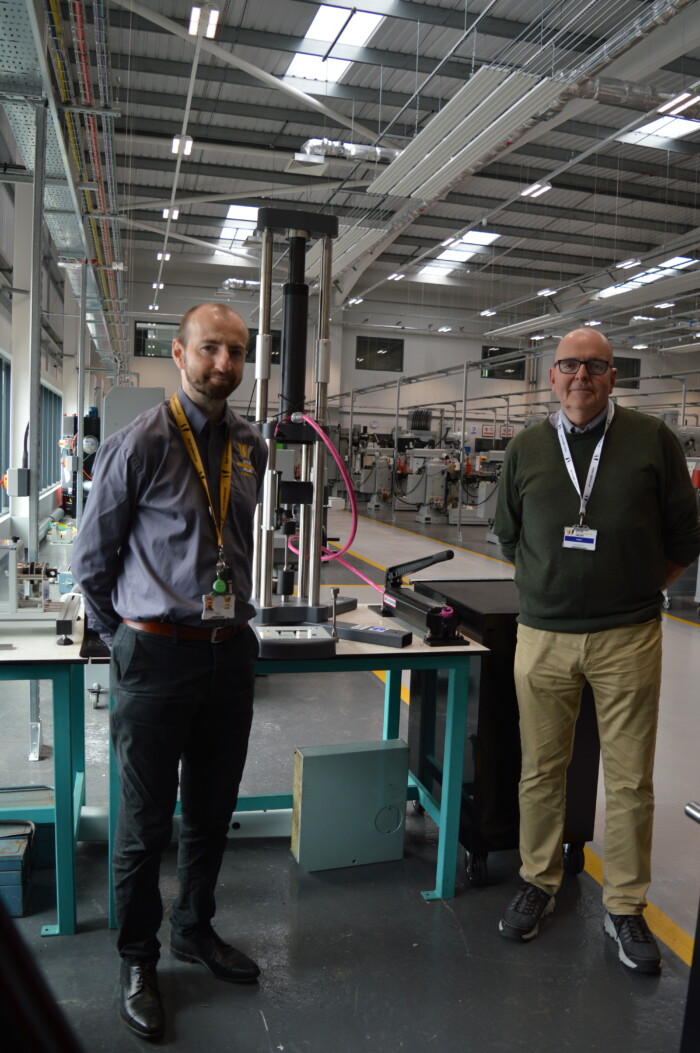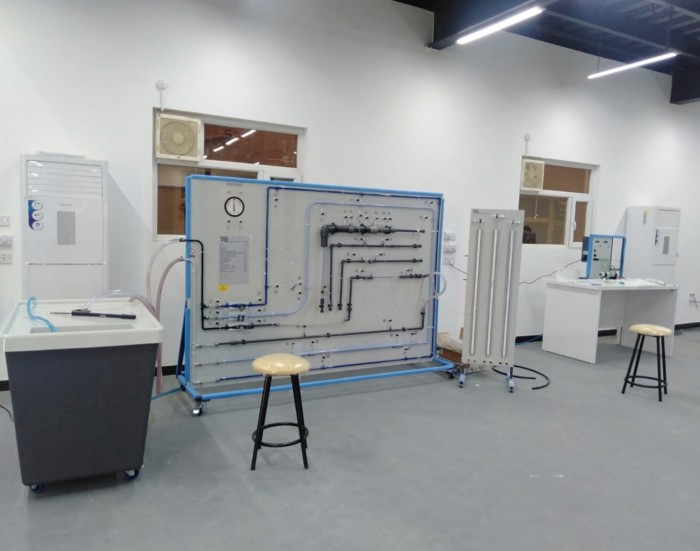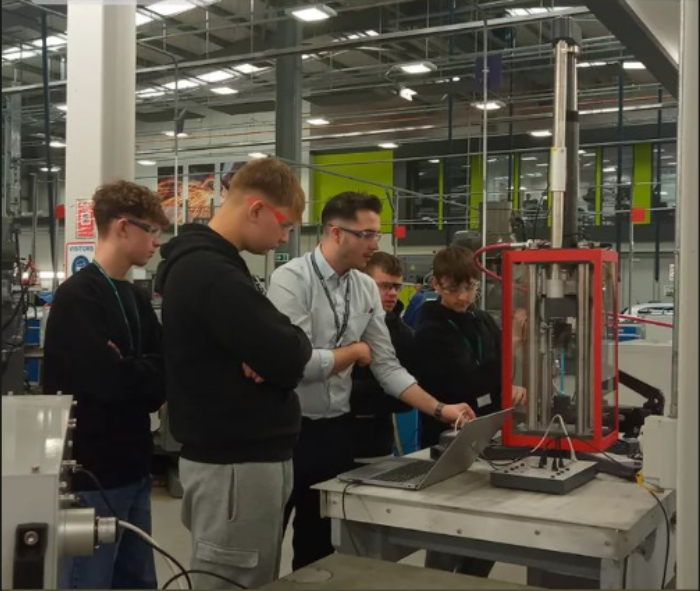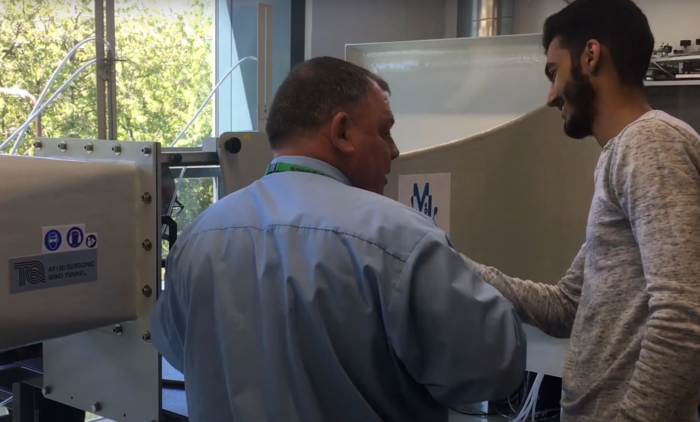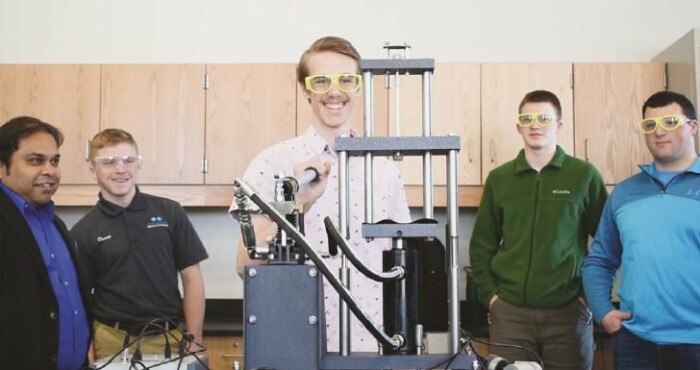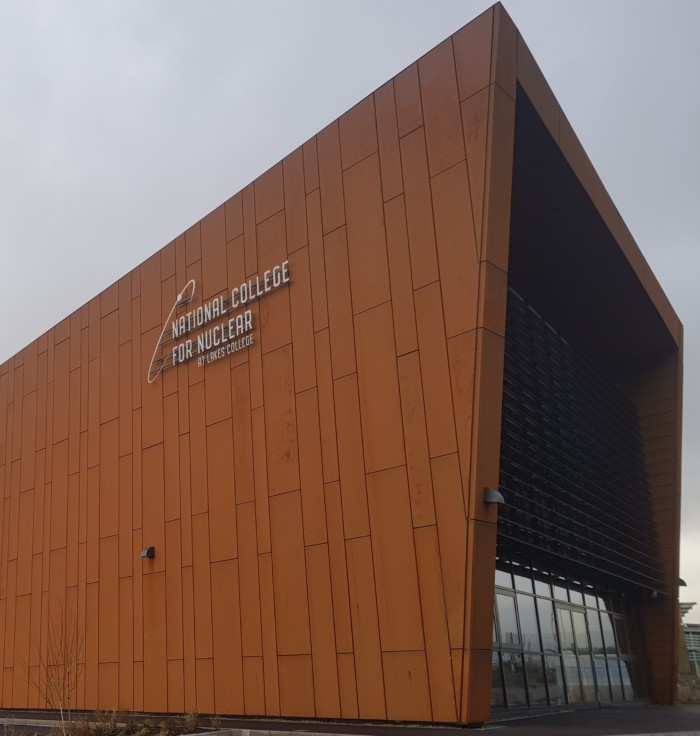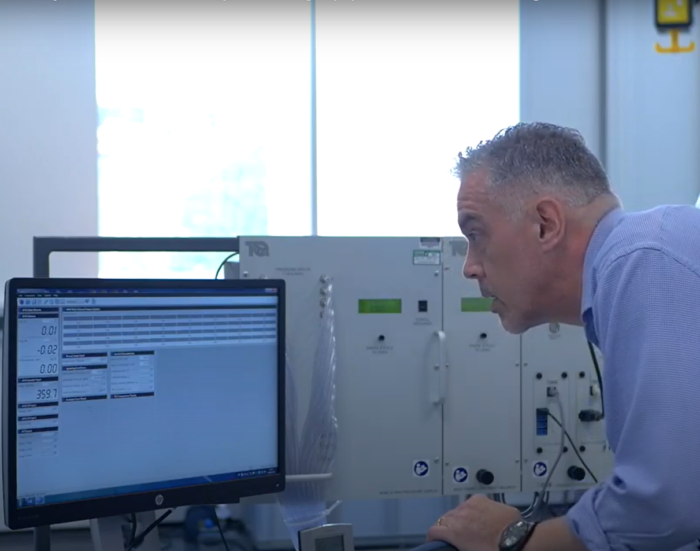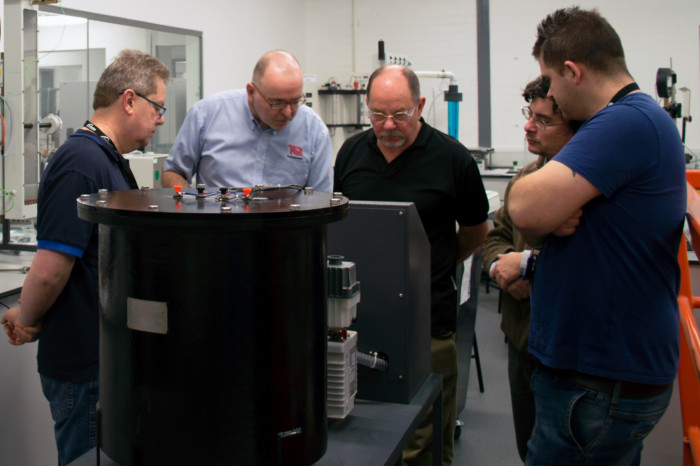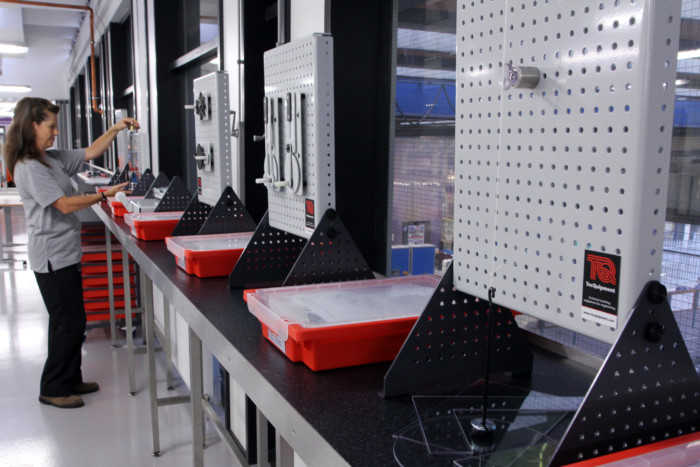
Materials Testing and Properties
Basic to Advanced Materials Testing Equipment for Teaching
The materials testing and properties products offer a wide range of teaching equipment to demonstrate key materials properties; they cover Hooke's Law and Young's modulus associated with elastic properties, and stress/strain analysis. For more advanced learning, experiments available progress to hardness testing, complex analysis of stress and strain, testing specimens to destruction and various apparatus for learning about material fatigue.
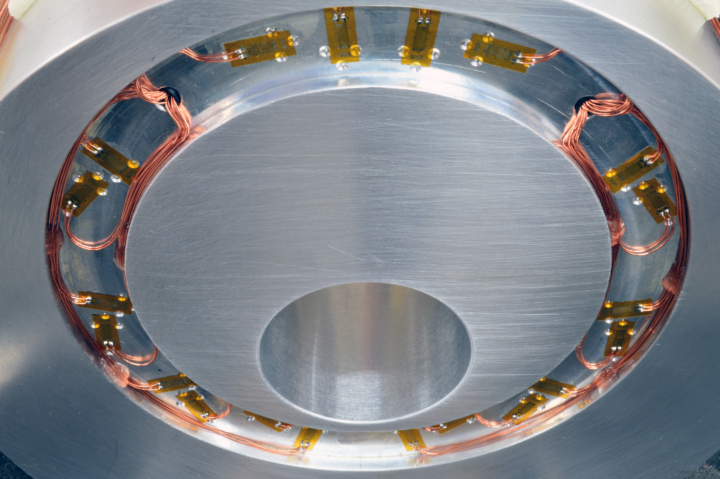
The range also extends into the area of structures and structural elements, providing supplementary products to our complete modular Structures range.
What's New
Read TecQuipment’s online interactive products portfolio that includes new products, range highlights, links to videos, datasheets, case studies and more. Click here.

Product Ranges
-
Basic Elastic Properties
Basic Elastic Properties
-
Tensile and Universal Testing Machines
Tensile and Universal Testing Machines
-
Impact Testing
Impact Testing
-
Hardness Testing - Industrial
Hardness Testing - Industrial
-
Free Standing Structures Experiments
Free Standing Structures Experiments
-
Creep Testing
Creep Testing
-
Stress and Strain Analysis
Stress and Strain Analysis
-
Torsion Testing
Torsion Testing
-
Fatigue Testing
Fatigue Testing
-
Test Specimens
Test Specimens
Featured Products
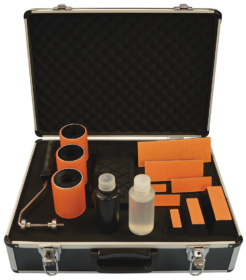
DefleX® Speckling Kit
A comprehensive set of tools and ink to easily apply an effective speckle pattern to a range of surfaces for use with the DefleX® DIC systems.
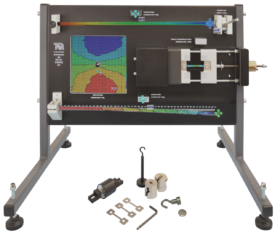
DefleX® Starter Kit
A powerful introduction to Digital Image Correlation (DIC) for teaching and demonstration
The DefleX® Starter Kit (DSK1) is a complete teaching tool and demonstration system designed to introduce the fundamentals of digital image correlation (DIC). Using our DefleX®-2D or DefleX®-3D software, the user quickly learns how to set up, calibrate, and operate a DIC system, an advanced non-contact measurement technique widely used across research and industry.
The DefleX® Starter Kit (DSK1) features four main testing areas: torsion, a tensile vice, cantilever bending, and a panel deflection apparatus that demonstrate a variety of use cases for DIC and showcase the capabilities of the DefleX® software as a measurement and visualisation tool.

DefleX®-2D
Entry-level DIC System for Education, Making Materials Come Alive in the lab
DefleX®-2D is an entry-level, 2D digital image correlation (DIC) system, designed to help students visualise and understand how materials and structures behave under load. The camera and software kit tracks how surfaces stretch, bend and move – turning invisible stresses into clear, visual colour maps of strain and displacement in real time.
Ideal for material science, structures and mechanical engineering courses and labs, this compact, fully integrated teaching tool makes complex concepts easy to see and explore. DefleX®-2D provides a powerful yet simple way to visualise and analyse strains and deformations meaning students can directly compare experimental data with theoretical predictions or computer simulations, supporting a deeper blended learning experience.

DefleX®-3D
From theory to reality - Seeing in microscopic detail
Combining theory, hands-on experimentation, visual learning, and technology evolution, DefleX®-3D is our teaching system helping students learn about 3D digital image correlation (DIC) that measures and visualises full-field surface deformations, strains and displacements.
Designed for teaching, it enables students to explore material behaviour, experimental mechanics, and design validation with real-world data. Simple to calibrate and quick to set up, using two digital cameras and image analysis software, DefleX®-3D captures surface changes in real-time or playback, enabling footage manipulation and data analysis whenever, wherever.
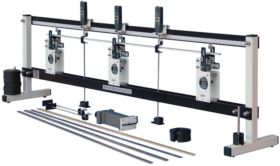
BEAM APPARATUS
 SM1004 - Experiment
SM1004 - Experiment
A bench top frame with load cells and cantilevers for the study of deflection and forces on different types of beams for a wide range of supports and loads; also demonstrates Young's modulus.
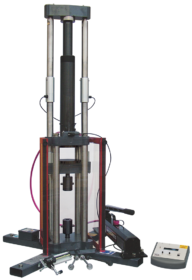
UNIVERSAL TESTING MACHINE
 SM1000 - Experiment
SM1000 - Experiment
A versatile bench-mounted machine for compressive and tensile tests on different materials and structures.

